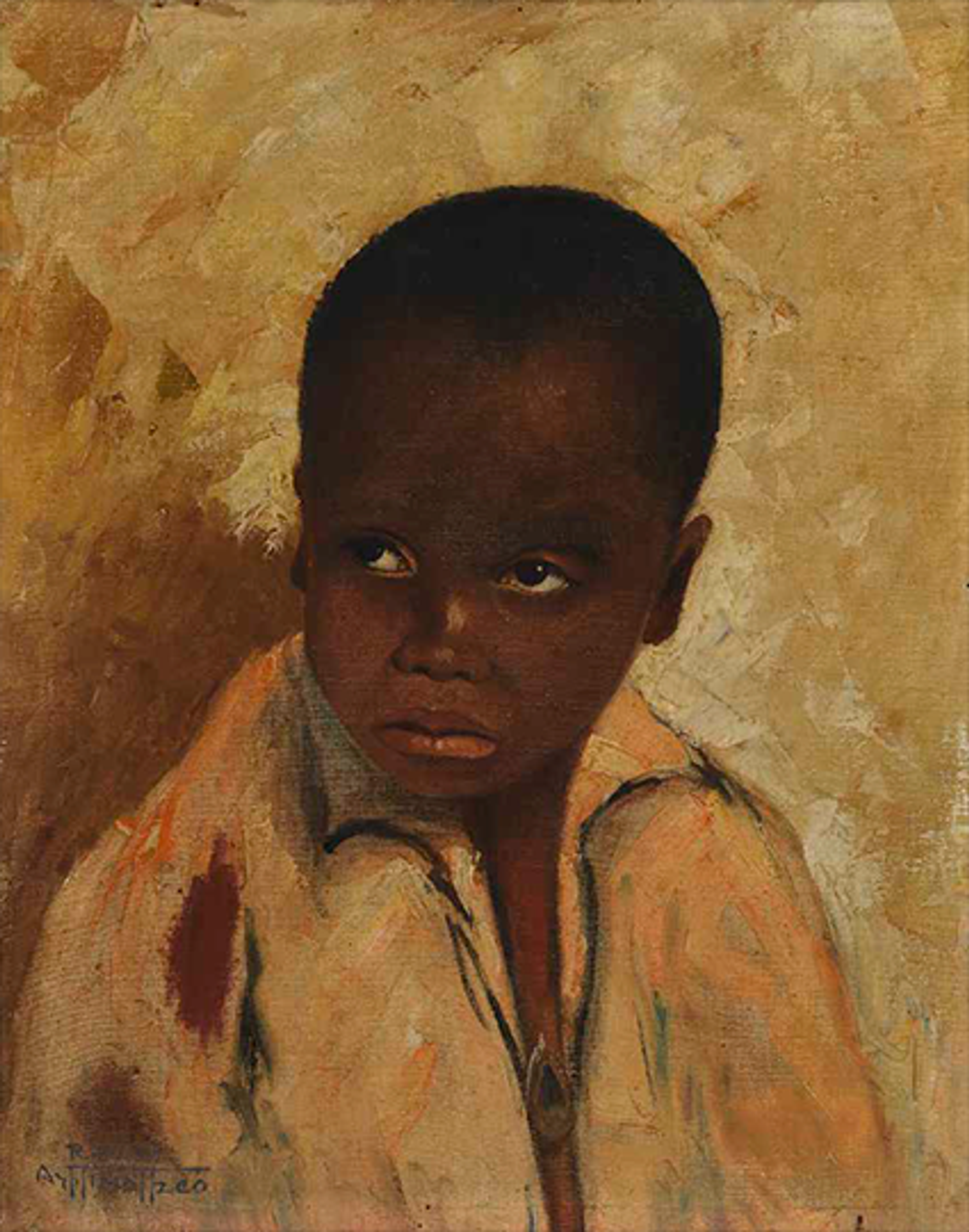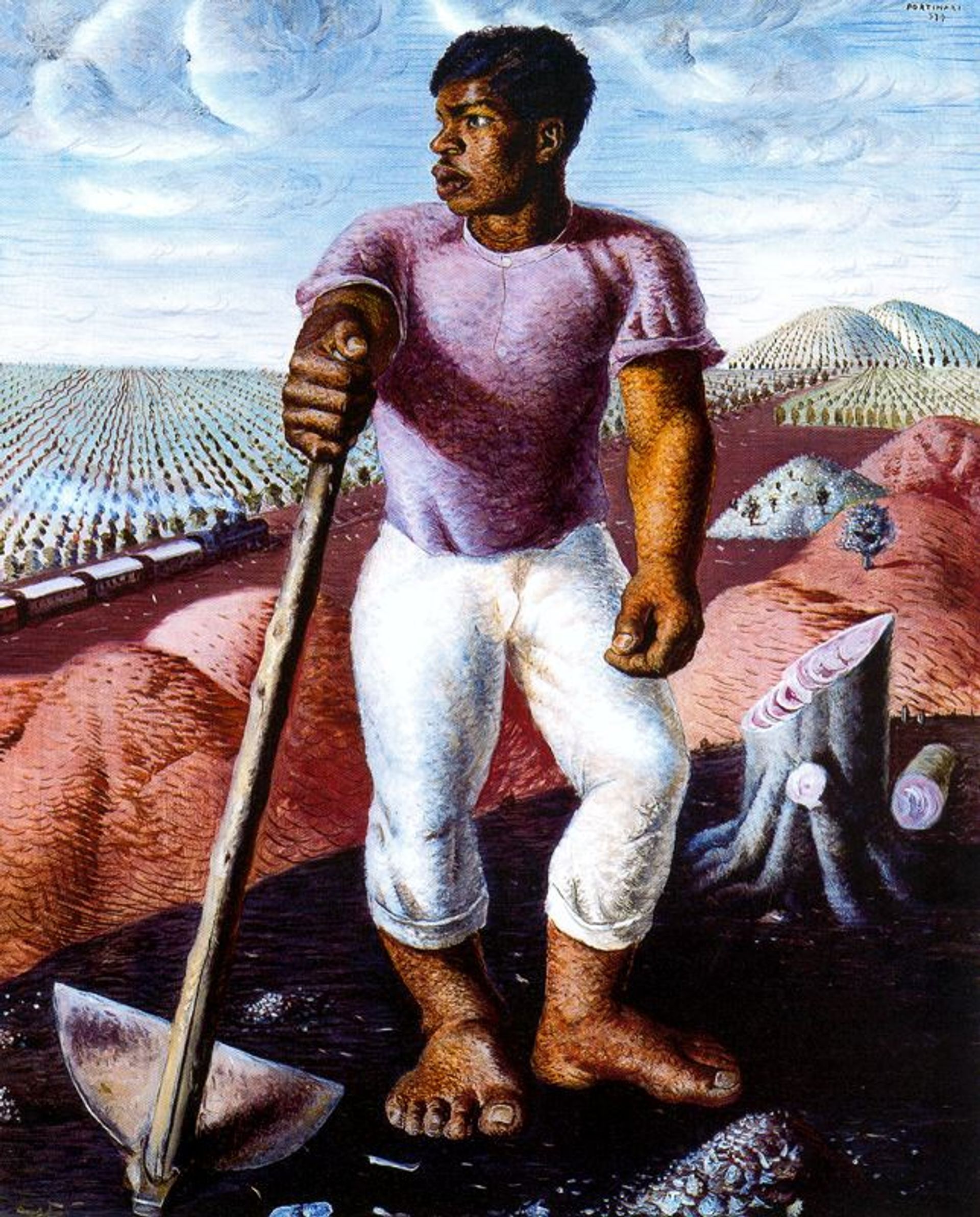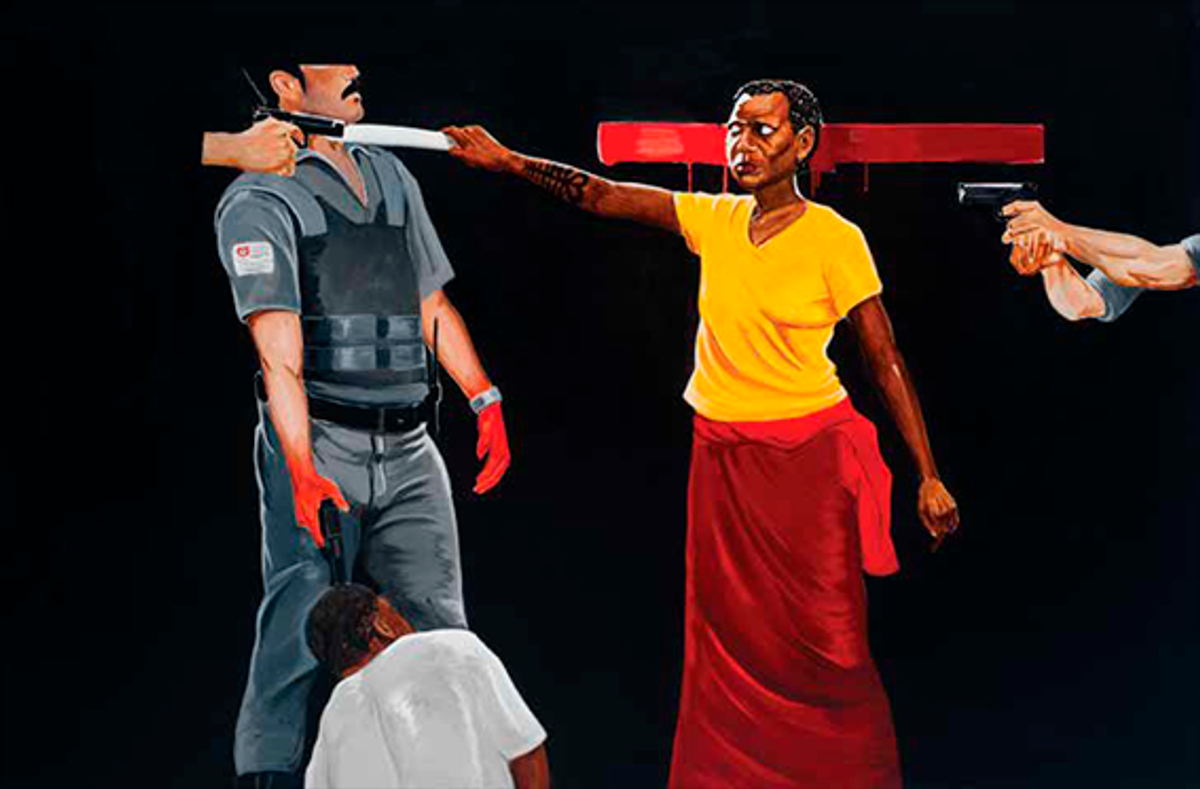A major exhibition telling the story of the transatlantic slave trade, bringing overlooked artists of African descent to the fore, is coming to the US. Afro-Atlantic Histories, which opened at the Museu de Arte de São Paulo (Masp) in 2018, will go on show at the Museum of Fine Arts, Houston, late 2021, and at the National Gallery of Art in Washington DC (NGA) spring 2022.
“Afro-Atlantic Histories offers a window into the many narratives, cultural formations, and experiences wrought by the transatlantic slave trade and its legacies,” an NGA statement says. The show explores “diasporic connections, grapples with the violent legacy of slavery, shows the widespread presence and experiences of black people across social strata, and changes our understanding of black Atlantic history.”

Arthur Timótheo da Costa, O menino (The Boy, 1917) Courtesy of MASP
The show at Masp, which focused on Brazil as the central point within the transatlantic slave trade, included more than 450 works. Brazil was the destination for around 46% of all slaves brought to the Americas from Africa from the 16th to 19th centuries, numbering almost four million.
The object count for the US tour is around 150, with paintings, sculptures and photography dating from the 16th century to the present by artists from countries such as Brazil, Cuba and the Dominican Republic.
Sections in the exhibition at Masp, which was co-curated by the museum’s artistic director Adriano Pedrosa, focused on portraits, maps and “everyday lives”.

Candido Portinari’s Coffee Agricultural Worker (1934)
A catalogue text co-written by Pedrosa says that “portrait collections from museums in Europe and the United States typically display images of royals, government heads… representations of black men and women are rare, and individual portraits even rarer. This form of social invisibility suffered by Afro-descendant men and women prevails in visual politics and image conventions.” Key works on show in São Paulo included Candido Portinari’s Coffee Agricultural Worker (1934).
Reviewing the Masp show in The New York Times in 2018, Holland Cotter said: “The story of the westward African diaspora has been told many times, but never, in my experience, with this breadth or geographic balance.”


